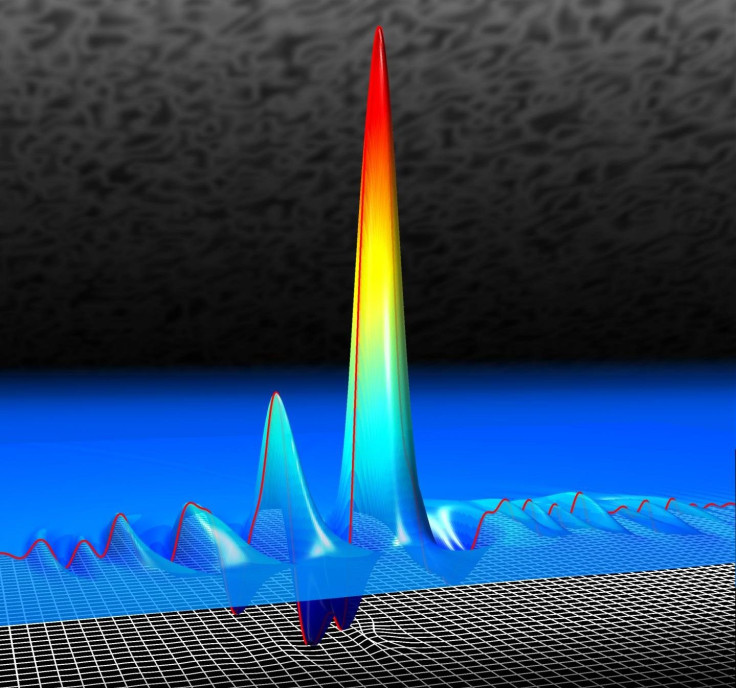Manipulating Quantum Vacuum: Researchers Demonstrate Technique To Detect Signals From ‘Nothingness’ Of Empty Space

When it comes to the weird world where the laws of quantum mechanics reign supreme, “empty” space is not really empty. As Heisenberg’s Uncertainty Principle tells us, energetic particle-antiparticle pairs constantly pop in and out of existence in what, to all appearances, is empty space.
The earliest indirect evidence of this phenomenon, known as quantum fluctuation, came in the 1940s when scientists discovered that a randomly fluctuating electric field produced by “virtual” photons can affect electrons — a discovery that showed that fluctuations in the vacuum field impacts what we perceive as the “real” world.
These observations, while extremely intriguing, were indirect. The first direct observation of electric field fluctuations came in 2015, when a team of researchers from the University of Konstanz in Germany were able to detect the vacuum fluctuations of electromagnetic radiation in free space by looking at changes in the polarization of short pulses of light.
Now, the same researchers have gone a step further. In a study published Wednesday in the journal Nature, they revealed that they managed to actually manipulate quantum vacuum using strongly focused, ultra-short laser pulses.
“The conceptual novelty of the experiments is that instead of the frequency-domain techniques used so far, the physicists ... accessed quantum statistics of light directly in the time domain. At a chosen point in time, electric field amplitudes are directly measured instead of analysing light in a narrow frequency band,” the University of Konstanz said in a statement. “Studying different points in time results in characteristic noise patterns that allow for detailed conclusions about the temporal quantum state of light.”
One of the many weird things about the quantum realm that even seasoned physicists have a hard time wrapping their heads around is this — in quantum vacuum, space and time are effectively interchangeable. This means that studying electric field amplitudes in one domain can reveal a lot about the other.
“As the laser pulse propagates together with the quantum field under study, the Konstanz physicists can, so to speak, bring time to a stop,” the university said in the statement. “Ultimately, space and time, that is ‘space-time,’ behave absolutely equivalently in these experiments - an indication of the inherently relativistic nature of electromagnetic radiation.”
The researchers likened the manipulated vacuum field to a traffic jam — one that leads to a bottleneck that causes the density of cars behind it to increase. In this experiment, the squeezed vacuum field is the bottleneck that leads to a redistribution of vacuum fluctuations, which can either slow down — if they are behind the bottleneck — or speed up — if they are ahead.
“While the fluctuation amplitudes positively deviate from the vacuum noise at temporally increasing speed of light, a slowing down results in an astonishing phenomenon: the level of measured noise is lower than in the vacuum state - that is, the ground state of empty space,” the university said.
The researchers hope to eventually study the quantum state of light and photons with unprecedented accuracy using this technique.
© Copyright IBTimes 2024. All rights reserved.





















